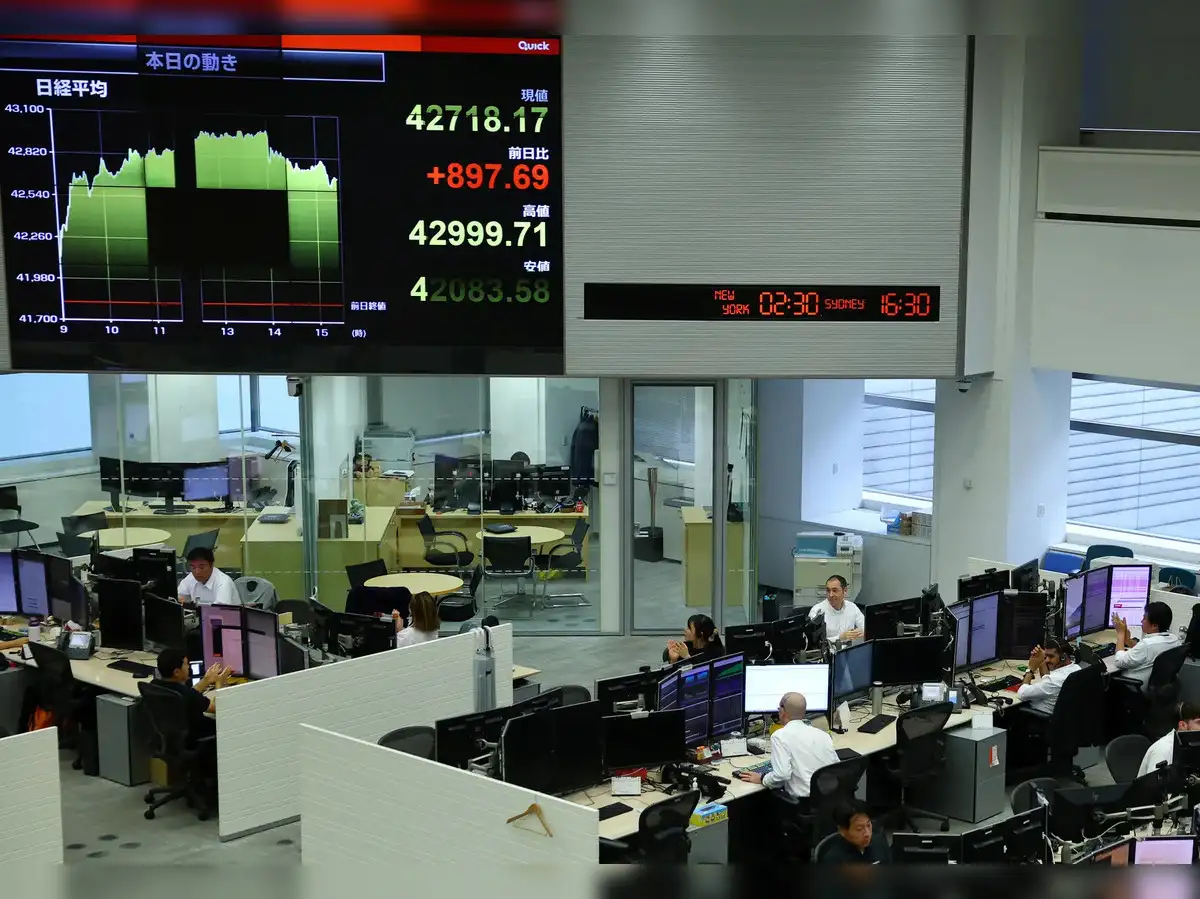Japan’s Nikkei Surges Past 51,000 on Trade Breakthrough and Fed Rate Cut Expectations
Japan’s Nikkei Surges Past 51,000 on Trade Breakthrough and Fed Rate Cut Expectations
By
Leah Rosenfeld
Last updated:
October 29, 2025
First Published:
November 30, 2025

Photo: The Economic Times
Japan’s Nikkei 225 broke a historic milestone on Wednesday, crossing 51,000 points for the first time, as investors cheered renewed optimism over U.S.–Japan trade cooperation and growing confidence that the Federal Reserve will move ahead with another interest rate cut. The index climbed 1.12% in Tokyo trading, extending its robust performance this year and signaling strong investor appetite for risk assets across Asia.
The rally was fueled by a new rare earths partnership signed in Tokyo between U.S. President Donald Trump and Japan’s newly appointed Prime Minister Sanae Takaichi. The agreement aims to secure critical mineral supplies vital for electric vehicles and advanced electronics, reducing dependence on China — a move that investors view as a major geopolitical and economic win for Japan.
Trade Optimism Meets Monetary Easing Hopes
Trump’s visit marked his first meeting with Prime Minister Takaichi, who officially took office earlier this month. During his stay, he also met Emperor Naruhito at the Imperial Palace, underscoring the diplomatic importance of the visit. Analysts say the rare earths framework could open the door to billions in bilateral investment and strengthen supply chains across the Asia-Pacific region.
Meanwhile, global markets are fixated on the Federal Reserve’s policy decision. Futures data show nearly 100% probability that the Federal Open Market Committee (FOMC) will deliver another 25 basis point rate cut, following last month’s reduction that brought the federal funds rate down to a 3.75%–4.00% range.
“Should Jerome Powell maintain a dovish stance, we could see momentum accelerate across risk assets globally,” noted market veteran Louis Navellier in a daily report.
Lower interest rates generally reduce borrowing costs and increase liquidity, which supports corporate investment and stock market performance. Analysts expect that a continued easing cycle could fuel additional gains in tech and export-driven sectors, particularly in Japan and South Korea.
Mixed Performance Across the Asia-Pacific
Elsewhere in the region, markets posted a mixed performance. South Korea’s Kospi rose 0.17%, while the small-cap Kosdaq slipped 0.25%. In Australia, the S&P/ASX 200 declined 0.16% after the Australian Bureau of Statistics reported that consumer prices jumped 3.2% in Q3, the fastest pace in over a year. The figure surpassed both the 2.1% rise in Q2 and the 3.0% forecast in a Reuters poll, intensifying pressure on the Reserve Bank of Australia to balance inflation concerns with growth support.
In mainland China, the CSI 300 index gained 0.37%, reflecting modest optimism amid ongoing fiscal stimulus and policy support for the property sector. Hong Kong’s stock exchange remained closed for the holidays, temporarily muting trading volume in the region.
Wall Street Momentum Lifts Asian Sentiment
Overnight in the U.S., all three major stock averages extended their gains. The S&P 500 advanced 0.23% to close at 6,890.89, marking its first intraday break above the 6,900 level. The Nasdaq Composite surged 0.80% to 23,827.49, driven by strong performances in semiconductor and AI-related stocks, while the Dow Jones Industrial Average climbed 161.78 points, or 0.34%, to finish at 47,706.37.
Both the Nasdaq and Dow also achieved new intraday highs, reflecting strong earnings sentiment and continued enthusiasm for U.S. tech exports, particularly to Asian markets.
Outlook: Policy Clarity and Trade Alignment
Market strategists suggest that Tokyo’s record-breaking rally may signal the start of a broader uptrend across Asian equities, provided that trade relations continue to stabilize and the Fed maintains a supportive stance.
“The combination of trade alignment and a softer U.S. rate environment could set the stage for Japan’s next phase of growth,” said a Tokyo-based strategist from Nomura Securities. “With corporate earnings strong and consumer confidence improving, 52,000 may not be far off.”
As the week continues, all eyes remain on the Fed’s policy announcement and subsequent remarks from Chair Jerome Powell, which could define global market sentiment heading into November.
Popular articles
Subscribe to unlock premium content
Gilded Holidays in Fashion

How HBO Max Used the Power of Limited Series to Redefine Streaming Competition and Challenge Netflix’s Binge Culture

How Stranger Things Revolutionized Netflix and Redefined Streaming Entertainment

Gilded Holidays in Fashion

How HBO Max Used the Power of Limited Series to Redefine Streaming Competition and Challenge Netflix’s Binge Culture

Gilded Holidays in Fashion









